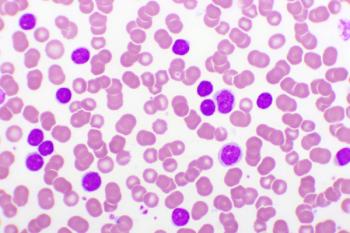
How Menopause Alters Body Composition and Heart Risk: Brooke Aggarwal, EdD
Hormonal shifts drive fat redistribution, muscle loss, and bone decline—all risk factors for cardiovascular disease in women, says Brooke Aggarwal, EdD.
Menopause comes with more symptoms than just hot flashes—many women experience major shifts in body composition that can influence long-term health. These changes are different from those seen with typical aging and include fat redistributing to the abdomen, muscle mass loss, and bone tissue decline.
In an interview with The American Journal of Managed Care® (AJMC®) at
This transcript has been lightly edited; captions were auto-generated.
Transcript
What are the most significant shifts in body composition during the menopausal transition, and how do these differ from changes that occur with aging alone?
The most significant shifts that we see in body composition during the menopausal transition are really 3 things. One is a redistribution of fat, so fat from subcutaneous areas—especially in the legs, the thigh region, for example—moves more into the central region. That’s when we hear women are accumulating belly fat. That is usually referring to visceral fat, which is a little bit different than subcutaneous fat because visceral fat surrounds the organs, is biologically active, and is related to increased risk for
The second major change that we see during the menopausal transition in terms of body composition is related to loss of lean muscle mass. As we age, we naturally lose lean muscle, but there is more of a rapid decline in muscle tissue during the menopausal transition.
Also, potentially the third thing is a loss of bone tissue during this menopausal transition. That’s why it’s really important to keep up with strength training, for example, to preserve both muscle and bone.
Now, when we’re talking about shifts in weight, that’s a little bit distinct from shifts in body composition. Shifts in weight, meaning gaining weight, are normal with chronological aging—that happens to both women and men. But for women, what’s unique is that they actually have a shift in body composition—meaning fat, muscle tissue, and bone tissue—and that is beyond what we would expect from normal chronological aging. It’s related to the hormone changes that they experience during the menopausal transition.
Newsletter
Stay ahead of policy, cost, and value—subscribe to AJMC for expert insights at the intersection of clinical care and health economics.









































